Summary
- The iPhone excels in mobile photography due to Apple’s consistency, processing, and control over software and hardware.
- Android has traditionally lacked consistency and camera API support in many apps, though higher-end smartphones from Samsung and Google still give the iPhone a run for its money.
- Whatever camera you have, you can probably take great photos as long as you use it correctly.
Are you on the fence between going iPhone or Android for smartphone photography? This is a hotly debated topic, but I have a strong opinion on why I think one is better over the other. Here’s why I think you should choose iPhone for your smartphone photography needs.
iPhone vs. Android vs. Mirrorless Camera
It feels like the fight has existed since the beginning of the smartphone revolution. Some say the iPhone takes a better picture, some say an Android phone takes a better picture, and some say that phones can’t take good pictures, and you need a “proper” camera to take a good picture. Which is it?
That’s what I aim to uncover here. While I’m not necessarily comparing the best to the best, I’ll be putting the iPhone 15 Pro, OnePlus 13R, and the Sony A7 III up against each other. Each camera is in a different weight class, but I hope you’ll bear with me as I explain why I believe the iPhone is the best smartphone for photography.
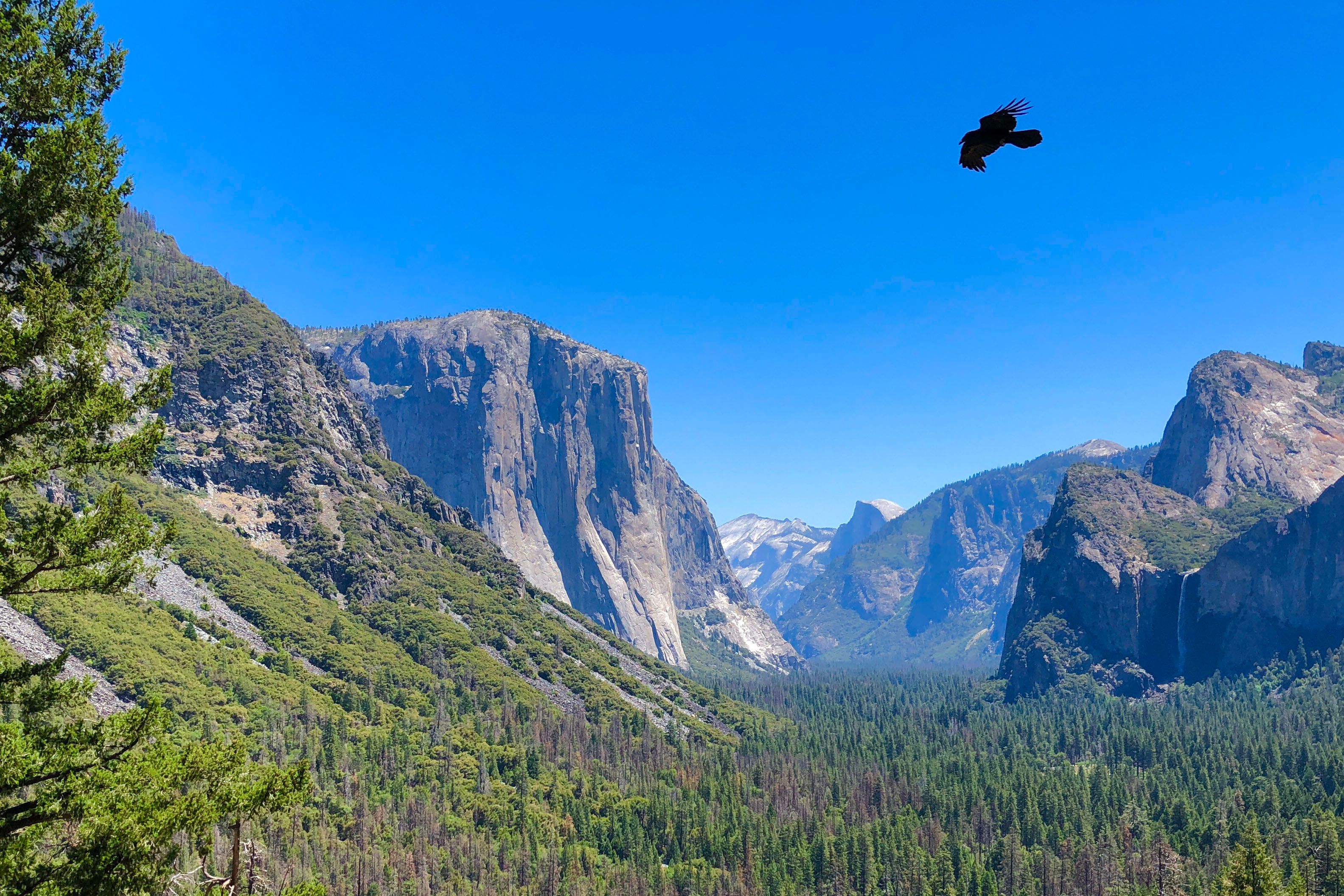
Related
iPhone vs. Digital SLR: How Does an iPhone Stack Against a Real Camera?
A DSLR may not always be the best choice.
This post will focus more on the concepts of taking photos and the hardware found in smartphones rather than the two smartphones I’m using for this comparison. There’s a reason so many (including myself) lay claim to the iPhone being the best choice for smartphone photography, and I aim to explain that here.
Shot on Sony A7 III
All pictures in this post were captured in the Great Smokey Mountains National Park using RAW DNG or ARW format and post processed in Adobe Lightroom Classic or Google Photos.
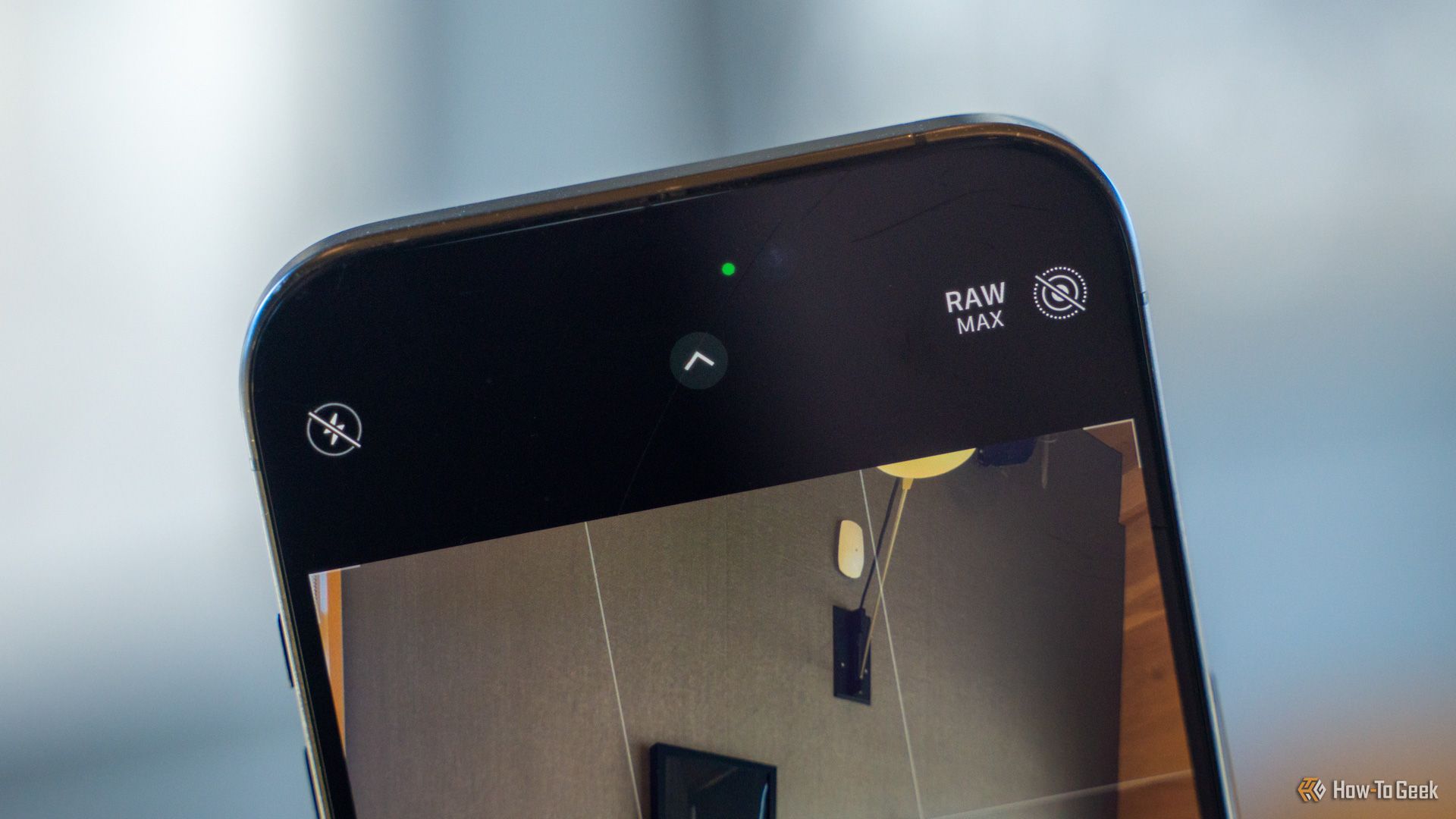
Related
Should You Be Shooting Photos in ProRAW on Your iPhone?
How much photo editing do you really want to do?
What Makes a Good Photo?
Let’s start out with what a good picture actually is. This is entirely subjective, and don’t let anyone tell you otherwise. I have shown people a picture before that I thought was great, and they hated it. Likewise, I’ve shown people pictures I thought were trash, and they loved them.
A good photo is simply determined by the eye of the beholder. If you really, truly love the way your Samsung Galaxy S25 takes pictures, then that’s the best for you. If the Nokia 1020 is your favorite smartphone camera (RIP), then continue to use it.
At the end of the day, whether a camera is good or not is completely down to your preference. Each camera (even in the world of expensive mirrorless cameras) processes a photo differently, and it’s all down to personal preference which way you go.
One thing that is objective, and not subjective, is digital zoom versus optical zoom. Most phones these days have multiple lenses for various zoom lengths. However, the moment you step outside of that zoom length (or even if your phone just thinks it should use another lens with digital zoom), the image is going to start to degrade.
With a mirrorless camera (or a DSLR), you have way more options when it comes to zoom ranges without having to dip your toes into digital zoom. This is one of many reasons I prefer to take pictures with a DSLR, but the iPhone (and many Android phones) still captures stunning images if you stick to the zoom ranges that come stock with the phone.
iPhone Nails the Shot
iPhones are known for their consistency across many areas, including photos. This comes from many things, but is mainly due to the fact that Apple controls everything about iPhones top to bottom. From the software to the hardware, all iPhones are created equal.
The biggest differences come from the standard iPhone line and the iPhone Pro line, as the Pro models usually have sensors and lens options.
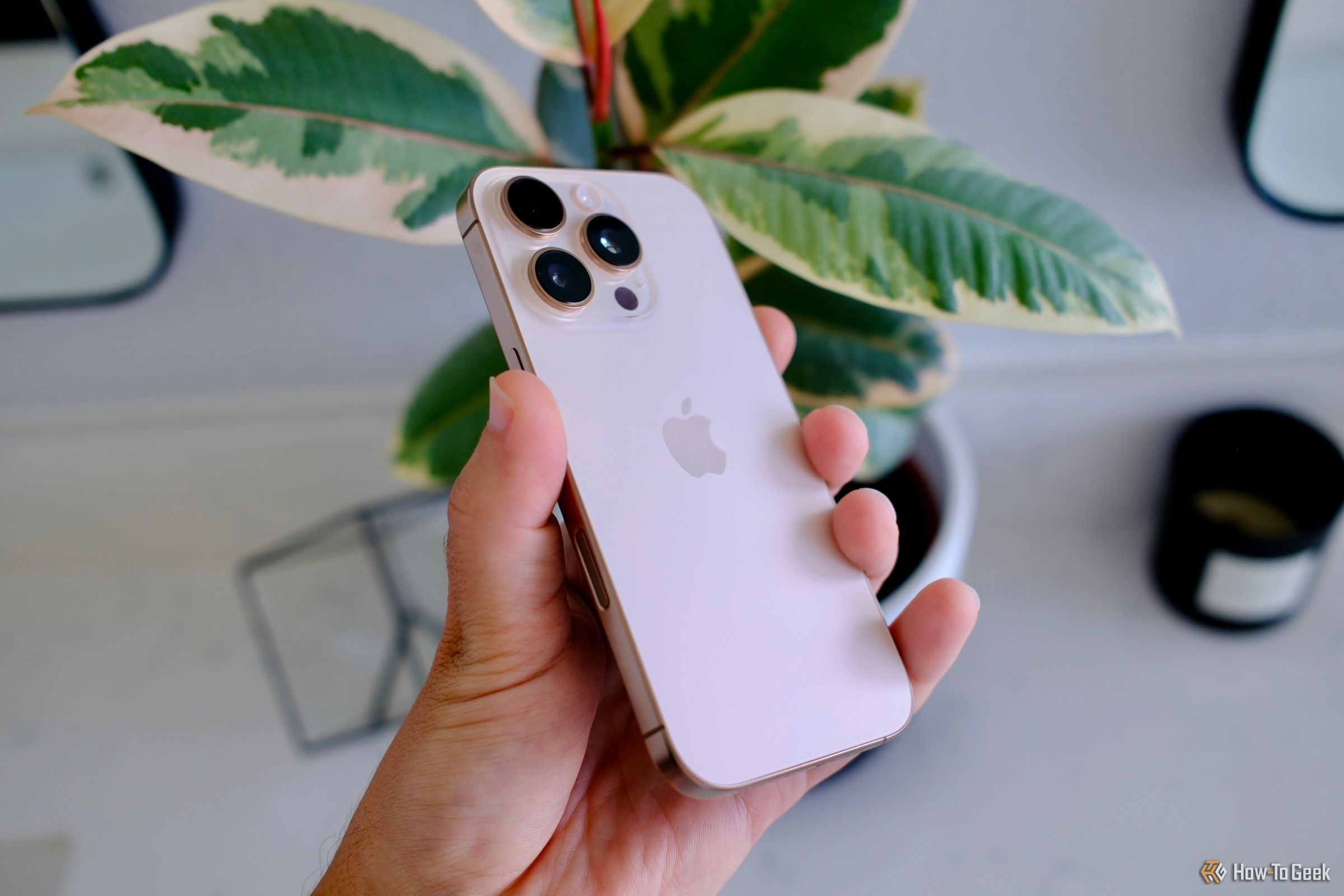
Related
Apple iPhone 16 Pro Review: A Professional Camera Phone
This year’s iPhone makes the most progress around its camera.
Outside of that, the iPhone just takes an excellent photo. It’s not too overprocessed, and has a good balance of saturation, I think. Apple also released the ability to capture RAW photos a few years ago, which revolutionized using an iPhone for photography.
The iPhone is also extremely easy to use. The camera app hasn’t changed much over the years, and is still a very familiar experience at its core. The introduction of the capture button on the iPhone 16 makes it even easier to use, as the button can launch the camera, take a picture, and even change your zoom.
iPhone’s Night Mode is perfect for capturing images in low-light. It’s also one of the best night modes I’ve used across various phone models, as it stitches the pictures from the HDR capture very well. It also works great with shooting the night sky, and has drawn out many elements of the sky that I couldn’t see with my naked eye.
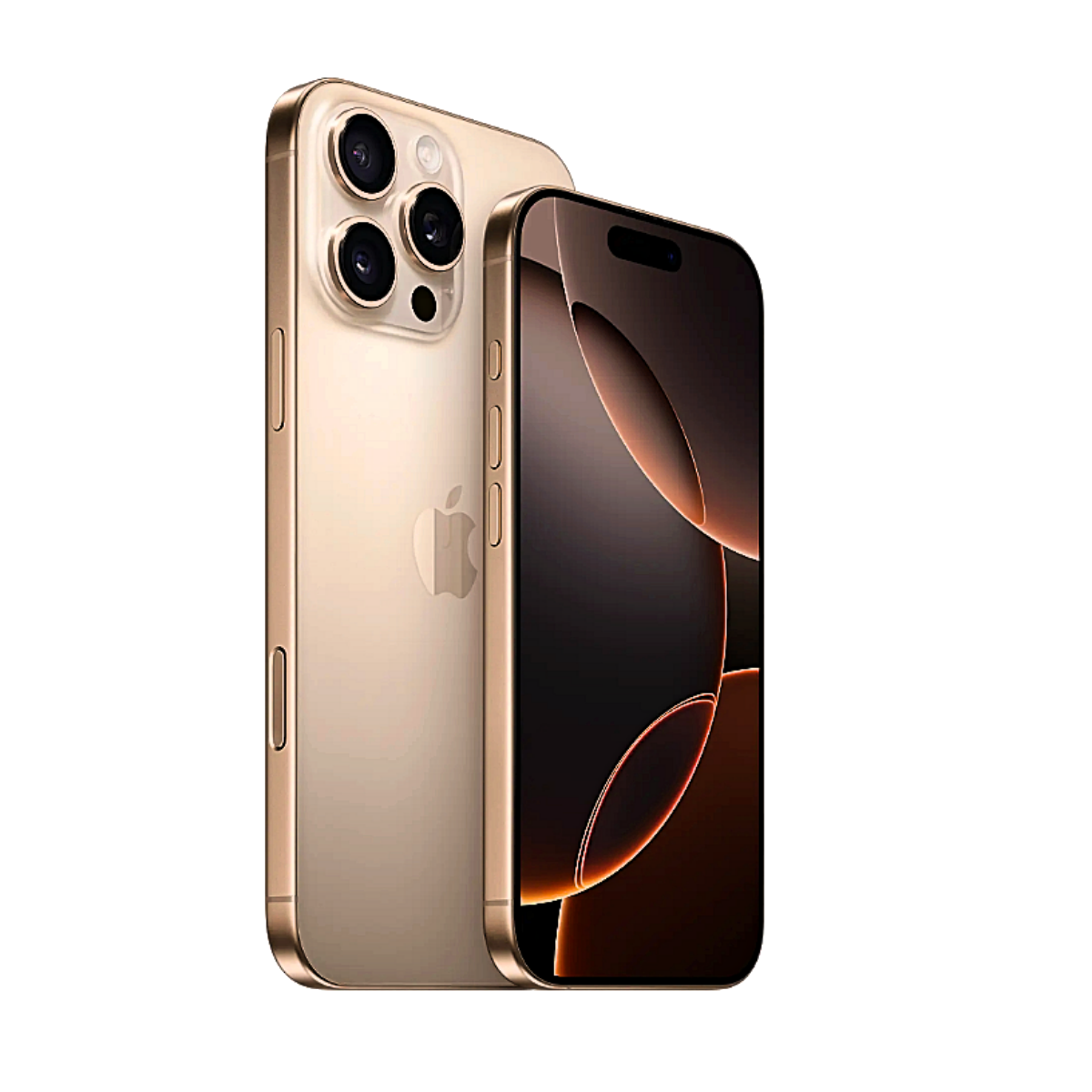
Apple iPhone 16 Pro
A version of Apple’s newest iPhone with a larger screen featuring a camera button, a programmable action button, and artificial intelligence features.
It’s not all sunshine and rainbows for the iPhone on the camera front though. Its biggest strength is also its biggest weakness. Since all iPhone models are consistent, if the zoom range isn’t what you’re looking for, then there’s no (first-party) way to fix that. The iPhone 16 Pro has 5x optical zoom, while the iPhone 15 Pro is 3x,. For anything more (or less) than that, you’re going to need something like Moment lenses for your phone, or just be fine with using optical zoom ranges.
Android’s a Mixed Bag
One of the main reasons that iPhones have held strong in the camera realm for so long is that, up until recently, Android didn’t have a solid way for apps to access the camera. While iPhone has had a proper direct camera API since the beginning, many Android apps would essentially launch the camera and then screen record the output instead of actually taking a picture.
Google has since released a proper camera API for Android, but apps are still slowly migrating to it from the old method. However, some of the latest camera features are limited to specific smartphones. Instagram, for example, just started using the Android Camera Extensions API for its latest night mode feature. The catch is this feature is only available on “select” Pixel and Samsung Galaxy smartphones.
This means if you don’t have a specific smartphone that supports a specific version of the camera API, then you won’t have that functionality within Instagram itself. You can still use the stock camera app to capture a picture and upload to Instagram, but it won’t capture well within the Instagram app itself.
This is just one example as to why many have picked the iPhone for photography over the years. Another reason is that Android smartphones are all over the place in terms of camera sensors, the glass of the lens, the image processors, and every other aspect of capturing a photo.
In theory, if you always stay with the latest Samsung Galaxy or Pixel smartphones, then you’ll be pretty well-off when it comes to capturing a great picture. However, if you venture out from that, there’s really no telling the quality you’ll get.
This also expands to drivers and support within Android itself. While iPhone only has to focus on one sensor per phone per year, Android, as an operating system, has to be ready to handle just about any type of sensor that a manufacturer wants to use.

Related
I Upgrade My Smartphone for the Camera (And You Should Too)
Phones long ago replaced point and shoot cameras. Now they’re giving DSLRs a run for their money.
All of this adds up to Android just have an inconsistent methodology and approach to capturing photos. It’s hard to say “Go buy an Android phone” for mobile photography. The Pixel and latest Samsung Galaxy phones are the best exceptions to this rule, though..
I reviewed the Galaxy S24+ last year and the pictures on it were nowhere near what I was expecting or hoping for compared to my iPhone 15 Pro. The OnePlus 13R definitely doesn’t stand up to the iPhone 16 Pro, or even the iPhone 16.
Shot on iPhone 15 Pro
Also, during my writing of this article, I ran into a problem that has plagued Android devices for several years: a purple hue on RAW/DNG photos edited in Lightroom. The RAW/DNG iPhone pictures imported to Lightroom perfectly, while the OnePlus photos looked completely awful.
The purple hue over the pictures exists in Lightroom Classic, Photoshop, and Lightroom Mobile. This makes the photos entirely impossible to edit in industry-standard photo editing software.
Shot on OnePlus 13R
In a similar vein, there’s also no lens correction profiles for the OnePlus 13R (or even the OnePlus 13) in Lightroom, while all iPhone lens correction profiles are available.
On the bright side, I was able to use Google Photos to edit the pictures successfully. Snapseed, however, refused to open the RAW photos on the phone.
At least they were recoverable, but this is just one more nail in the Android coffin as to why I believe iPhone is the better choice for smartphone photography. If I was on vacation in the Great Smokey Mountains National Park and used the OnePlus 13R as my main device, I would have been furious to find out I couldn’t properly edit the pictures I took when I got home. I’m glad I had my iPhone and A7 III with me to capture the stunning scenery.
Shot on iPhone 15 Pro
At the end of the day, Android just isn’t consistent enough in photo processing or camera hardware to get my vote as the best option for smartphone photography.
The Best Camera Is Truly the One You Have With You
With all that said, let me slightly contradict myself here with a cliché: the best smartphone camera is always going to be the one you have on you. If you don’t have an iPhone, don’t let that hold you back. While, in my opinion, the iPhone is the best choice for smartphone photography, most modern devices still take fantastic pictures compared to even just a few years ago.
The OnePlus 13R I have, for example, takes pretty great pictures so long as they’re not in RAW and you don’t want to edit them in Lightroom. If it was my only phone, I could definitely get by with it as I learned what a good photo was and how to take it. Even if I couldn’t edit the RAWs well in Lightroom, it’s still possible to do minor edits to JPEG images, which work just fine in the editing software.
You might have many reasons for not buying an iPhone, don’t let that hold you back from taking high-quality smartphone pictures. Use whatever phone you have to take great pictures that prove me wrong. I’d love be proven wrong in this area!
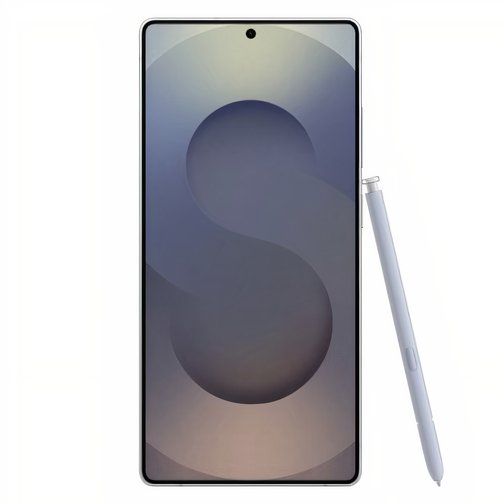
Samsung Galaxy S25 Ultra
The Samsung Galaxy S25 Ultra is a top-of-the-line smartphone with a 6.9-inch QHD+ Dynamic AMOLED 2X display and a 120Hz refresh rate. It boasts the Snapdragon 8 Elite processor, 12GB of RAM, and a 5,000mAh battery with 45W Super Fast Charging 2.0.
The camera you choose doesn’t make you a good photographer. How good you are as a photographer is determined by how you use the camera you have. I have seen people with 15-year-old cameras capture utterly stunning images that someone with a brand-new camera could never dream of capturing. It doesn’t matter what hardware you have if you don’t make great use of it, and it also doesn’t matter what hardware you have if you use it right.
At the end of the day, just use what you already have. If you’re changing phones soon and really want to focus on smartphone photography, then maybe pick up an iPhone 16 Pro. But, if you already have a device that you love, just go out and shoot with that. Save yourself the $1,000 (or more) and master what you have now, so whenever you get something nicer later, you’ll be ready for what comes next.
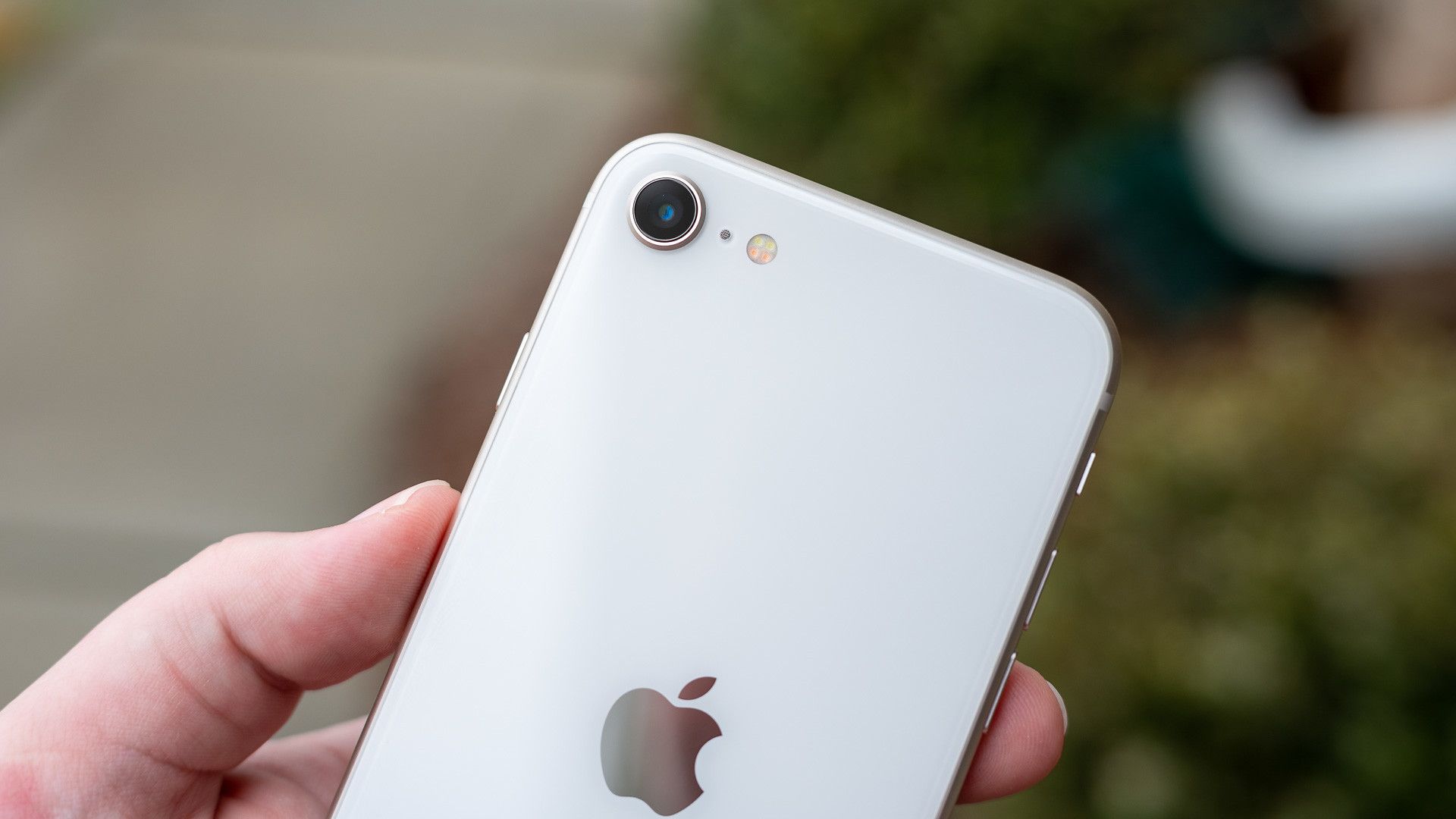
Related
Want Better Smartphone Photos? Buy a Real Camera
Want a big boost in photo quality? Skip your next smartphone upgrade and buy a camera instead.
Another option is to just buy a dedicated camera. Proper cameras won’t become outdated nearly as fast as smartphones do, so an investment in one now is an investment that will last many years. My Sony A7 III is seven years old and still takes stunning pictures. If you really want the best quality photo you can get, it doesn’t come from a phone, and that’s pretty plain to see.


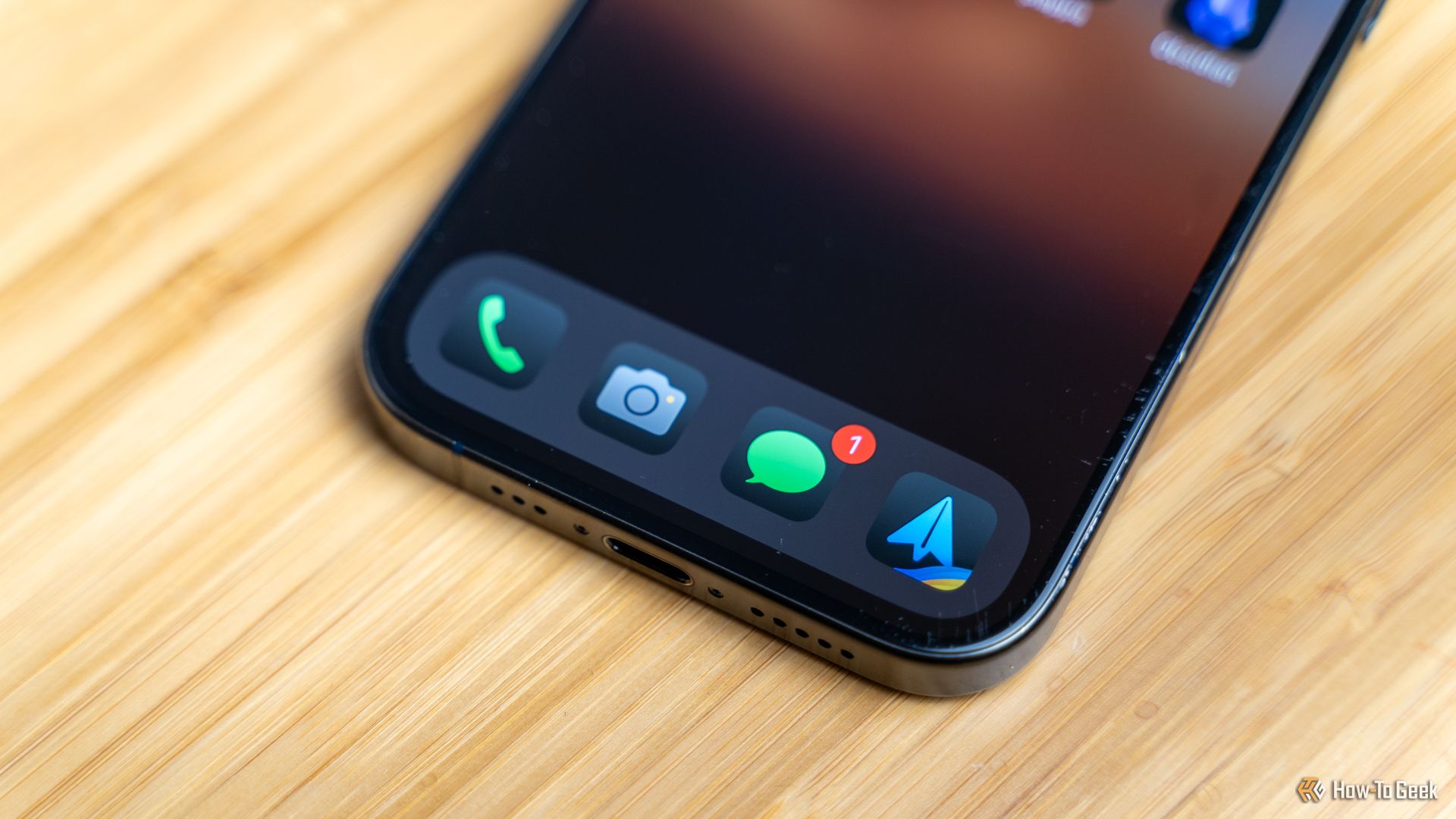
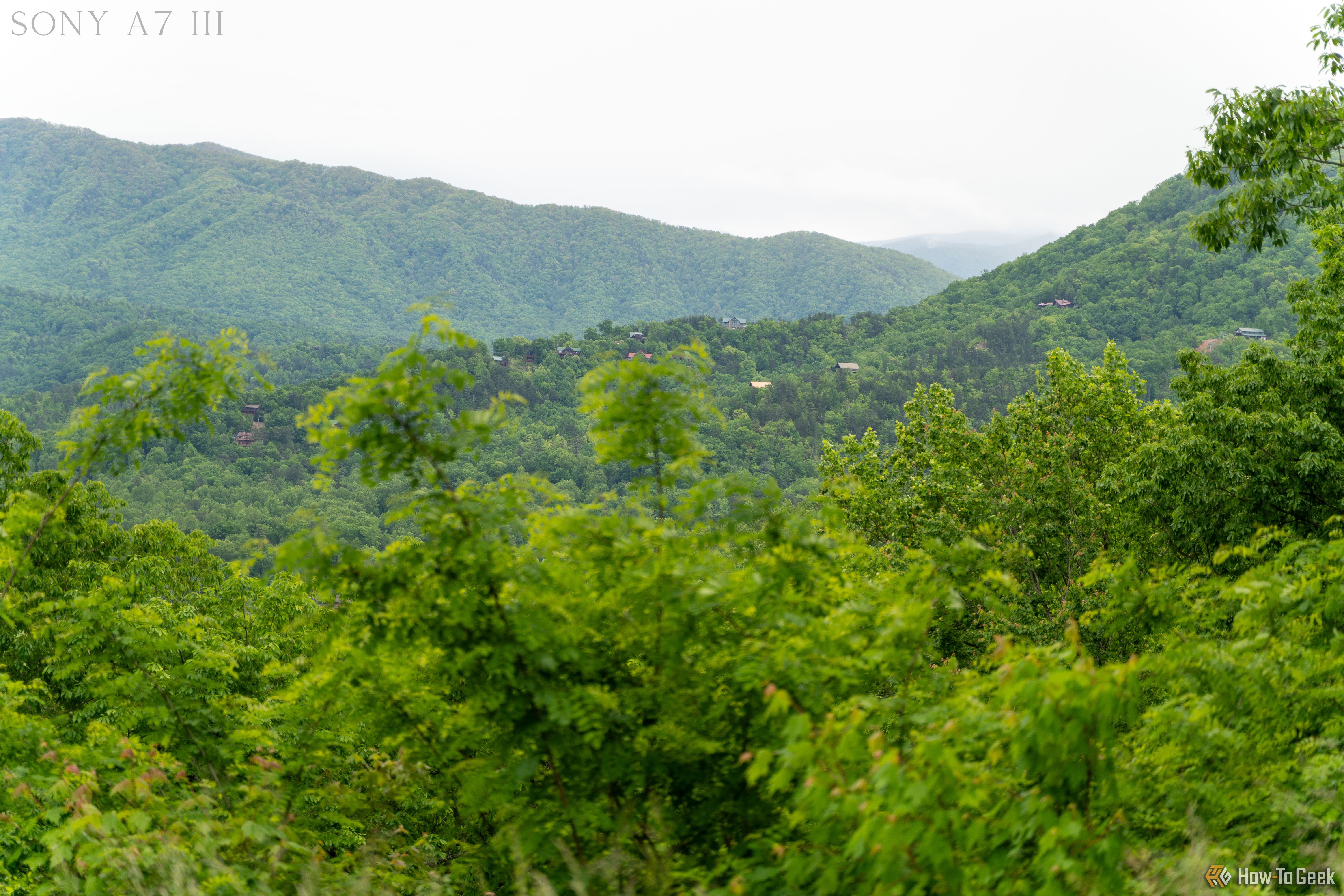
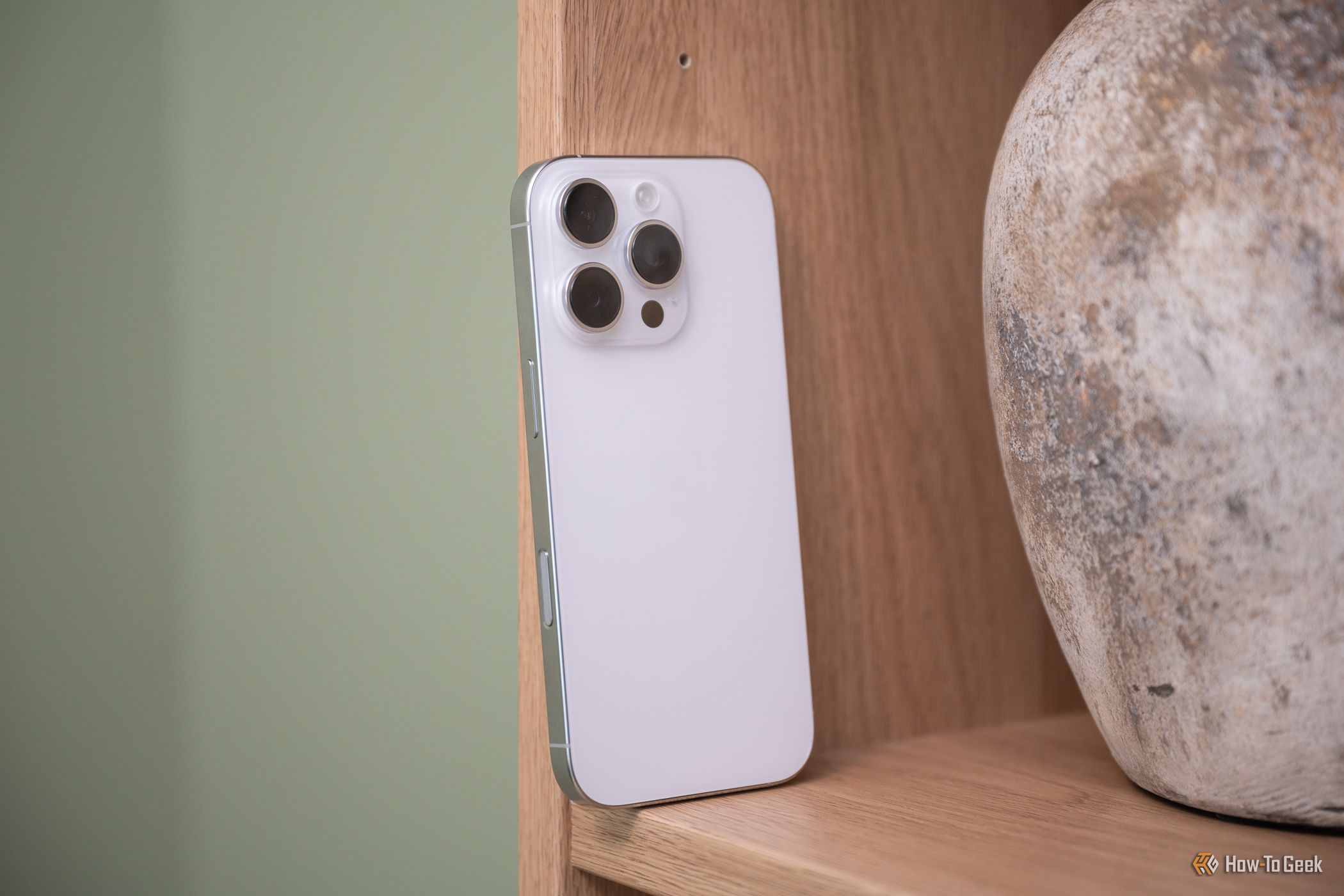


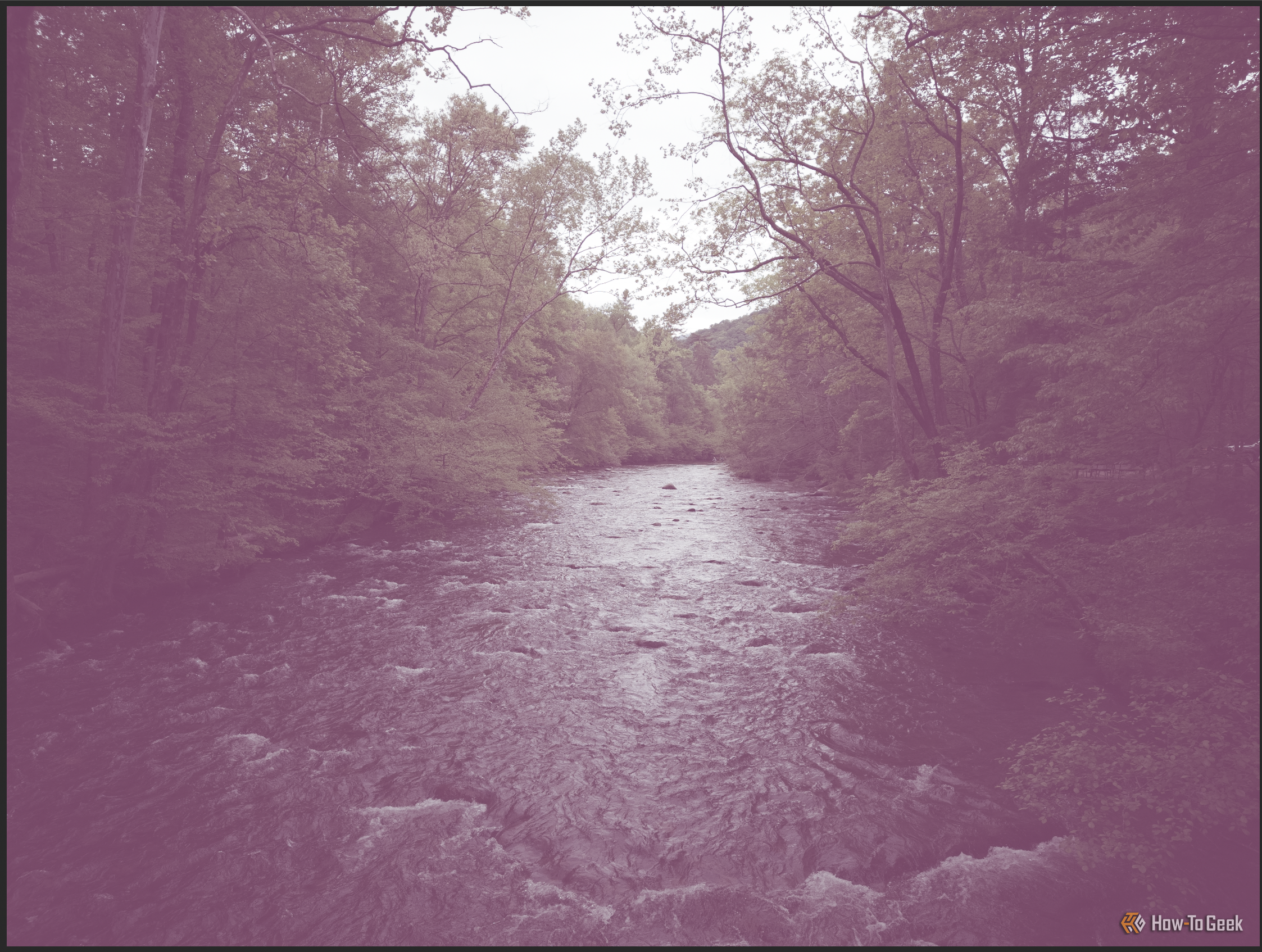
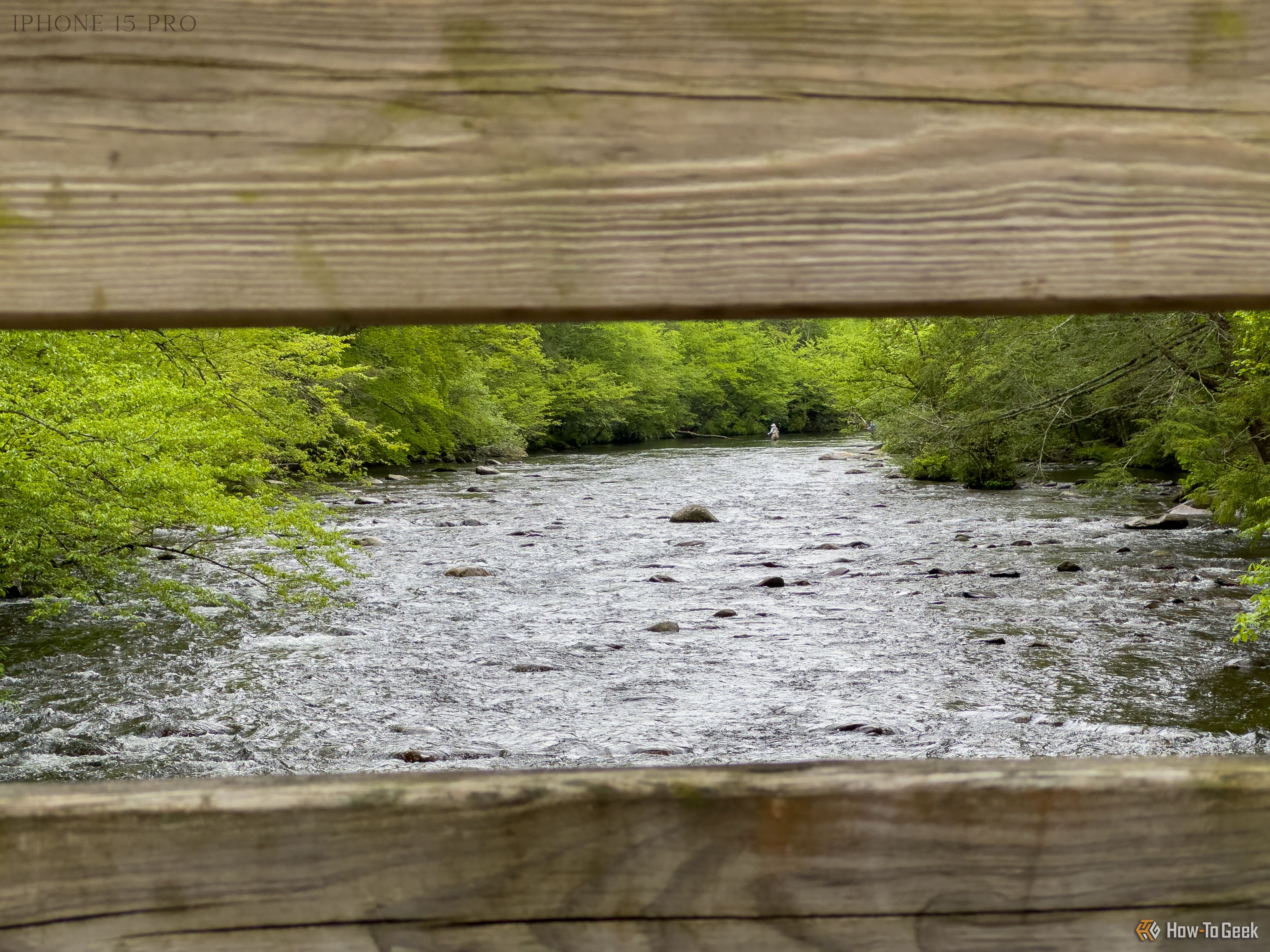
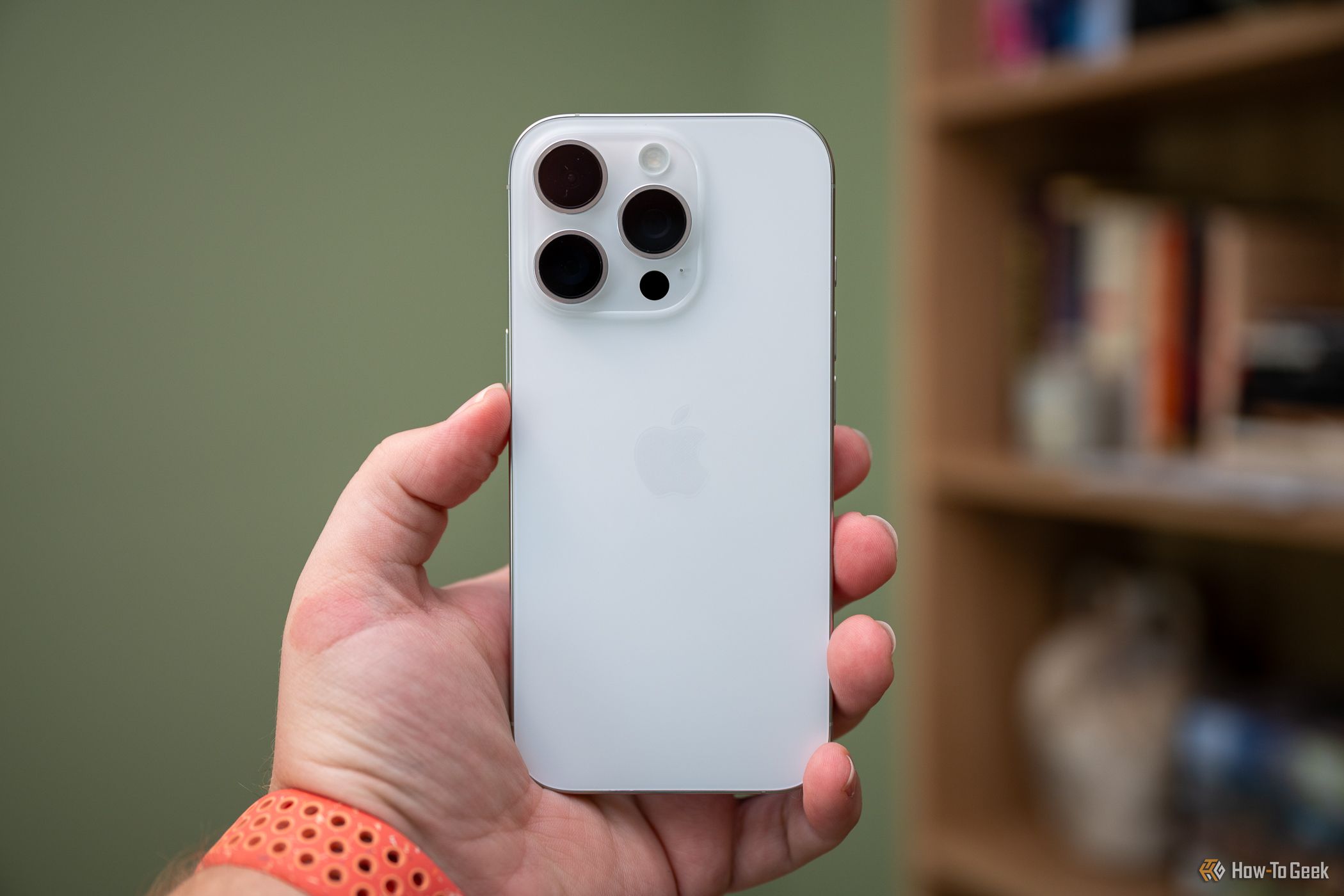
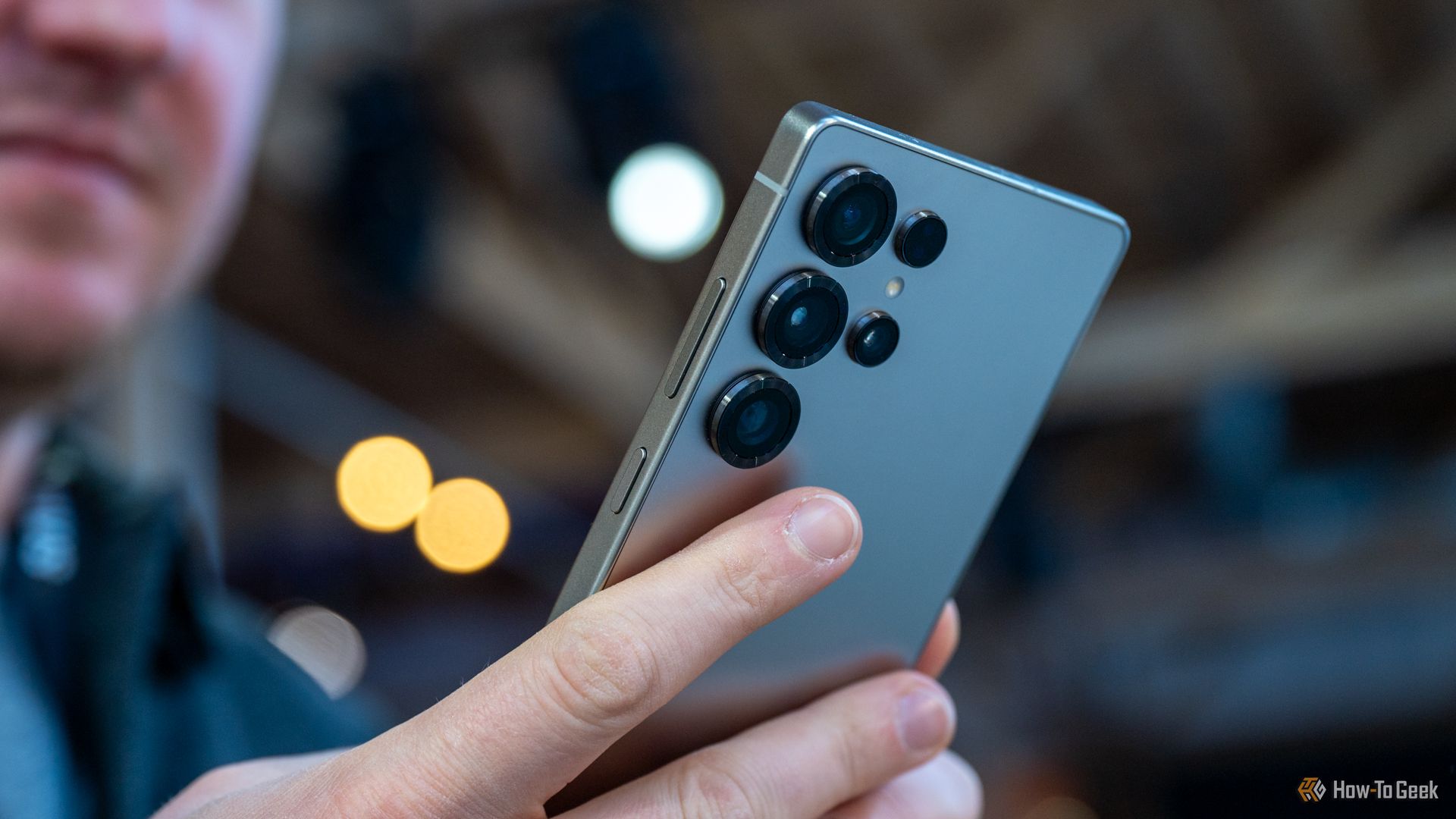





Leave a Comment
Your email address will not be published. Required fields are marked *